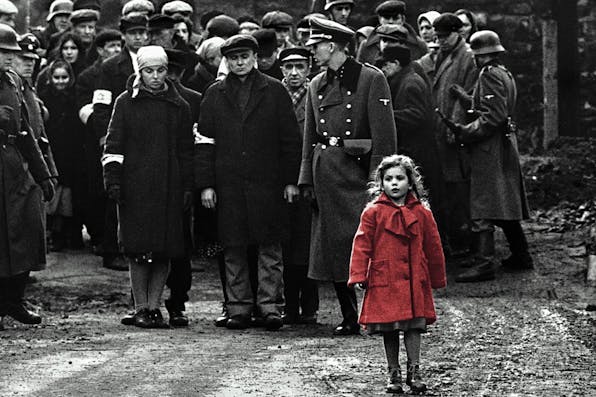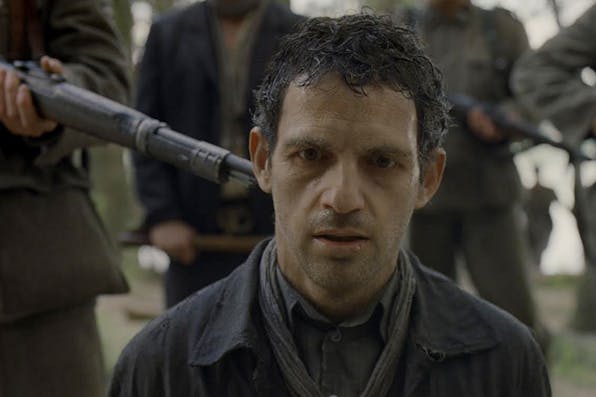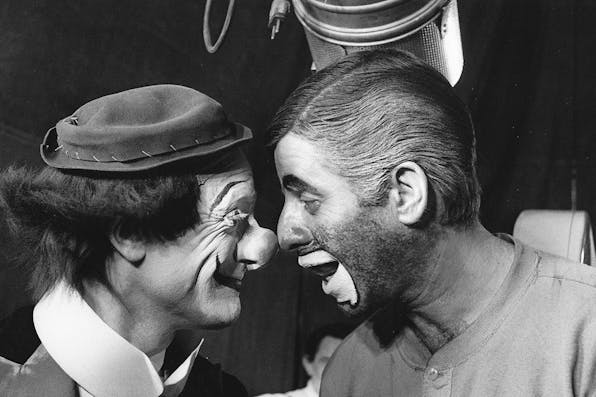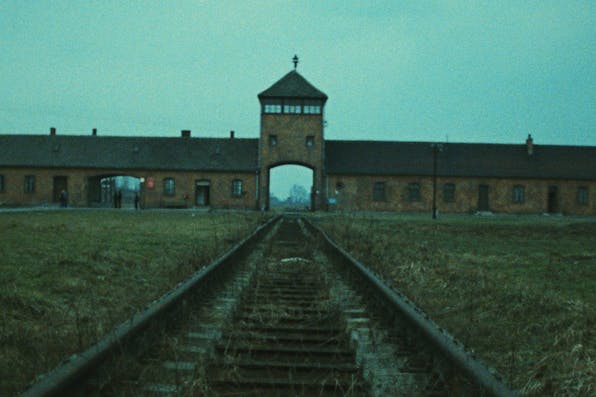
March 24, 2016
The Easy Answers of Holocaust Movies
Too many films set in the Holocaust permit the audience to feel morally superior. Wouldn't it be better to tell a story about current anti-Semitism?
There’s an old adage that the best movies are adapted from bad novels. As evidence to support the claim, consider Jaws—and then think of the many inferior films made from The Great Gatsby. Motion pictures excel at telling stories and at rendering heaps of quotidian detail. They struggle, usually in vain, to suggest the thoughts of a character.
If film in general doesn’t tend toward Chekhovian subtlety, this becomes especially problematic when the subject is mass murder. Even artful movies about genocide are notable for their emphasis upon the sights and sounds—the texture—of an infernal scene. And because movies can seem so powerfully real, it is hardly unusual for a ludicrous plot—one that any reader would summarily dismiss—or a shallow portrayal to be lauded if it appears to capture a certain quality of verisimilitude. Typical in this respect was The Killing Fields, a depiction of the atrocities of the Khmer Rouge and in many ways an excellent movie. The book on which the film is based, The Death and Life of Dith Pran, presents us with a complex and sometimes evasive hero; the movie offers us a plaster saint.
Now, in “That Holocaust Feeling,” Dan Kagan-Kans has aptly compared Son of Saul, the new Oscar-winner for Best Foreign Film, to Steven Spielberg’s World War II action film Saving Private Ryan. Like Son of Saul, that earlier movie was almost immediately hailed as a classic, and by its admirers for its truthfulness. The idea that the film did not merely seem real but actually represented a faithful view of World War II combat was greatly aided by the repeated assertions of the movie’s producers and publicists that its story was inspired by the actual tale of the four Niland brothers.



